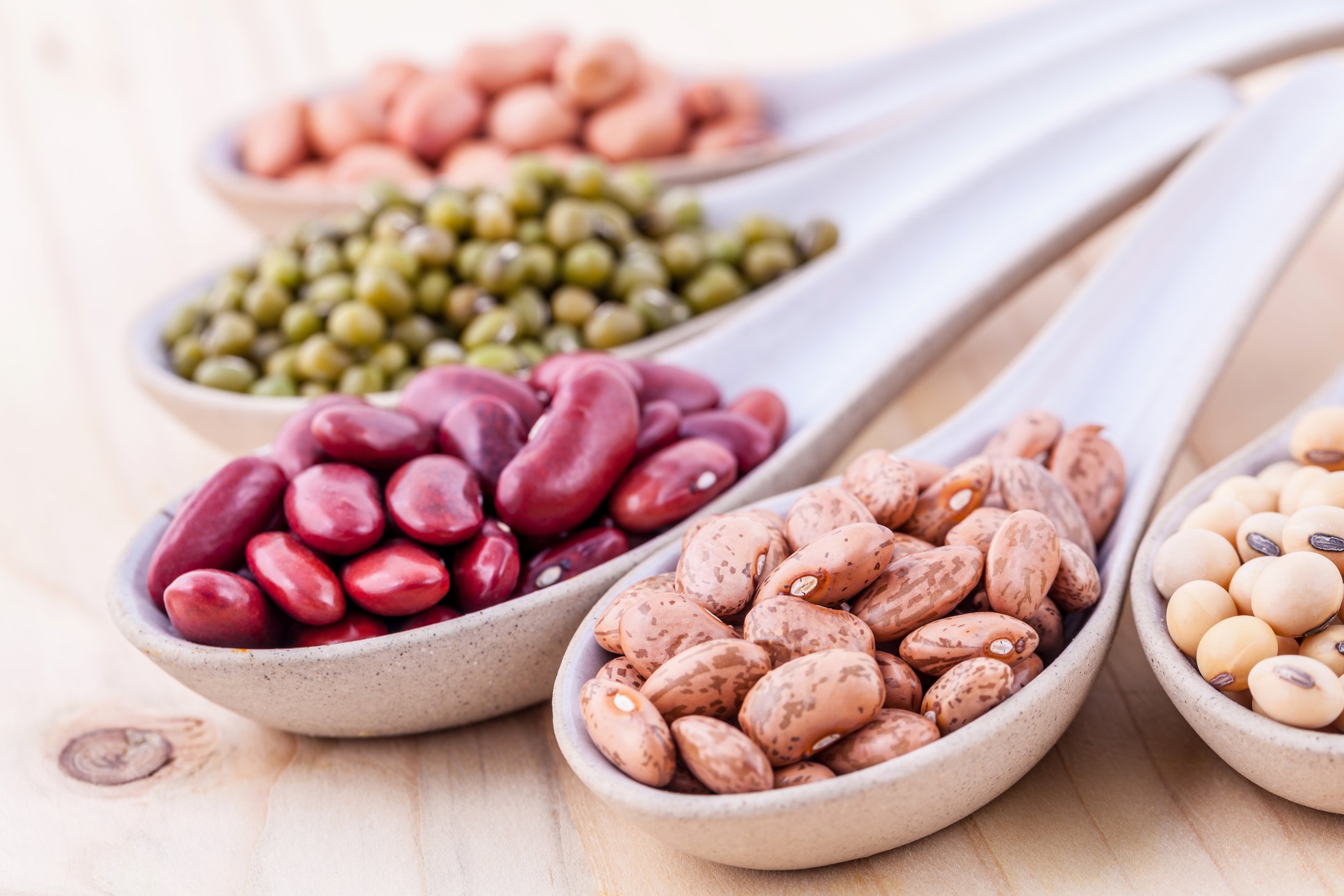10 Simple Grocery Swaps That Can Save You Big Money


It’s not your imagination: Grocery prices are killing us. While overall inflation was 8.2% from September 2021 to September 2022, the cost of supermarket food items went up 13% in that time frame.
Even Walmart – long associated with low prices – has marked up their groceries as much as 100% since the pandemic.
Which gives us two (unpalatable) choices: Earn more, or spend less.
But the more we spend on food, the less there is for other budget categories (especially retirement and emergency funds). So why not spend less by changing the way we shop?
That could mean eating less (or no) meat and buying fewer highly processed foods. But some of us are happy omnivores, willing to cut back on meat but not to give it up. And some people are frankly too busy and stressed to completely skip the convenience factor of frozen pizza or rotisserie chicken.
Don’t try to do it all overnight. Instead, gradually incorporate these simple swaps. Your wallet will thank you.
1. Frozen vegetables instead of fresh

Unless you grow your own or shop from a farmers market, frozen veggies are nutritionally superior. That’s because they’re picked at their peak and immediately frozen.
By contrast, the vegetables in the supermarket could be somewhat old by the time they get to your table. And you’ll pay a premium for this “fresh” produce.
Bonus: The frozen stuff has already been cleaned and cut up. Not having to husk corn, peel carrots, snap green beans or shell peas saves you a lot of time.
2. Dried beans instead of canned

Canned beans cost up to three times more than the kind you make at home, according to an industry group called The Bean Institute. Electric pressure cookers (e.g., the Instant Pot) make bean cookery a lot easier. An old-school slow cooker works well, too; it just takes longer. Season and cook before you need them, then freeze flat in plastic bags for future fast meals (chili, burritos, rice bowls, etc.).
Bonus: Canned beans tend to be high in sodium, but cooking your own lets you control how much – if any – salt is in the finished product.
Always keep a can or two of beans on the shelf for last-minute meals. But get in the habit of making your own.
3. Generics instead of brand names

Those dried beans mentioned earlier? A peek at the Kroger home page shows store-brand pinto beans at $1.49 a pound, while Goya beans clock in at $2.14 a pound. That’s almost 44% more expensive!
Ditto foodstuffs such as rice, oatmeal, canned tomatoes and tomato paste, tea, pasta, dry cereal, milk, baking items, soup, vitamins/supplements, and frozen or canned vegetables and fruits.
Sometimes you can tell the difference. Usually you can’t.
4. Green bell peppers instead of other colors

“Green” doesn’t refer just to the color. As they ripen fully, bell peppers turn red, gold or even orange. All those colors are gorgeous, but consumers pay the price when farmers have to leave the fruit in the field longer. Think green if you want to save some green.
Pro tip: I’ve gotten three-for-a-dollar peppers from the “manager’s special” shelf at the supermarket. Watch for deals like that, and chop and freeze the peppers for future meals.
5. Cheaper water options

In some cities, what comes out of the tap really is pretty foul, so you buy your drinking water in those places. But you don’t have to buy a brand-name product. Water is water is water. The store-brand agua will do the trick.
However, do the math to see if it’s cheaper to:
- Fill your own water jugs at a supermarket kiosk or a “water store”
- Hire a water delivery service
- Install a reverse-osmosis system
6. DIY lunch kits instead of ready-made

What kid wouldn’t love those little compartments filled with snackables like cheese, meat, crackers and maybe a cookie or a bag of Capri Sun? Take a minute to do the math, though, and you’ll be horrified at how much you’re paying for just a few ounces of protein and treats.
Two words: Bento box.
You can buy these sectioned lunchbox kits just about anywhere, including Amazon, and fill them with rolled-up deli meat (or leftover rotisserie chicken), cheese cubes, crackers or pita, hummus, fruit, veggies and whatever else you already have on hand. Search for “kid bento box lunches,” and you’ll get a ton of ideas.
7. Whole chickens instead of breast

Buying a whole bird and cutting it up at home is often cheaper per-pound than buying chicken breasts. (And don’t get us started on how much they charge for boneless, skinless chicken breasts.) Roast all the parts; it’s likely that someone in your household will enjoy thighs, drumsticks and wings.
And if not? Chop those parts and turn them into chicken salad sandwiches.
Pro tip: Put the carcass into the slow cooker with a few cups of water to create a lovely soup base. Add the roasting pan juices, unless you used them for gravy. When the stock cools, scrape off the fat that congealed at the top and freeze it to use for sauteing vegetables later on. (See “11 Ways to Turn Table Scraps Into Delicious Meals” for more tactics.)
8. Block cheese instead of grated

Shredded cheese in a bag sure is convenient. But it’s going to cost you more. In addition, the manufacturer uses an anti-caking ingredient to keep the shreds from sticking together. Sometimes that’s cellulose, but it may also be cornstarch, potato starch and calcium sulfate (or a blend of more than one of those things).
Instead, buy a block of cheese and grate it yourself, either manually or with a food processor. It takes just a couple of minutes, and it’s guaranteed cellulose-free. Cheese is a frequent loss leader, so keep an eye on your supermarket’s specials.
Pro tip: If you’re using it for something like lasagna or pizza, grate and freeze in entree-sized amounts. That’s one less step later on.
9. Cheaper pasta sauce brands instead of high-end

If your budget is hurting, stay away from the high-end brands that can cost upwards of $11 a jar, according to Consumer Reports. The magazine’s rating of sauces included some name-brand varieties that were as little as $3 a jar.
Give the store brand a try, too, doctored with a bit of olive oil, sauteed onions and peppers, and your favorite spices. Likely your hungry household won’t much care about the change in brands — but your budget will definitely notice that up-to-$8 price difference.
10. Day-old bread instead of fresh-baked

Planning to make garlic bread to go with that pasta? Don’t buy a fresh-baked loaf of bread, and definitely don’t buy one of those prefab loaves the store has spread with margarine and garlic.
Instead, check out the day-old section and save up to 50% off yesterday’s baked goods. Add butter or margarine and a bit of garlic powder, wrap in foil and heat in the oven.
Day-old bread can also be used in other ways, such as French toast (which freezes well for future breakfasts), bread pudding and homemade croutons (which can jazz up a bowl of soup as well as a salad). Use a day-old loaf for a sandwich supper, peanut butter toast, or just plain old toast and jam. Pro tip: Slice and freeze what you don’t eat at dinner, to be pulled out later as needed.
Source link





